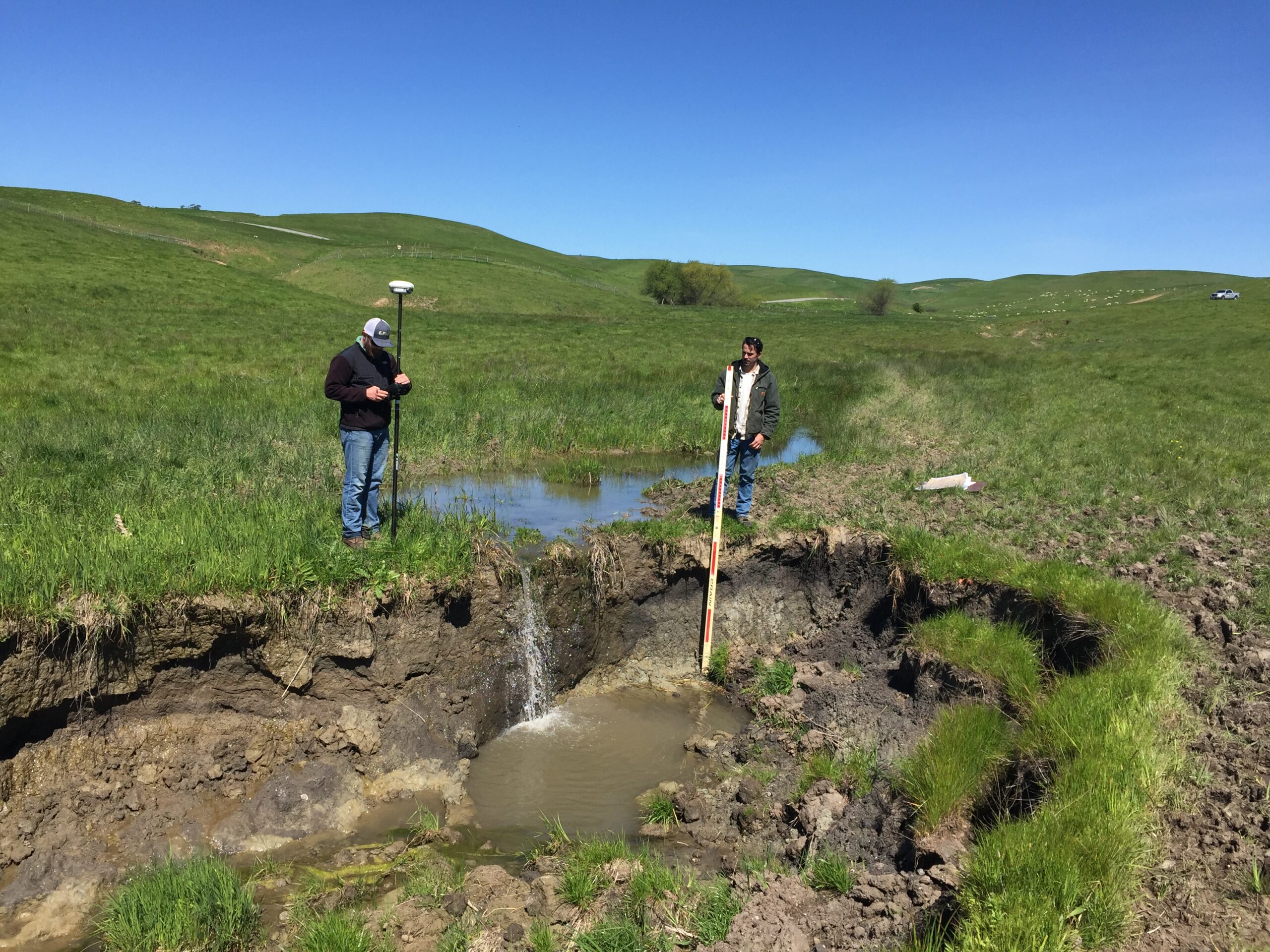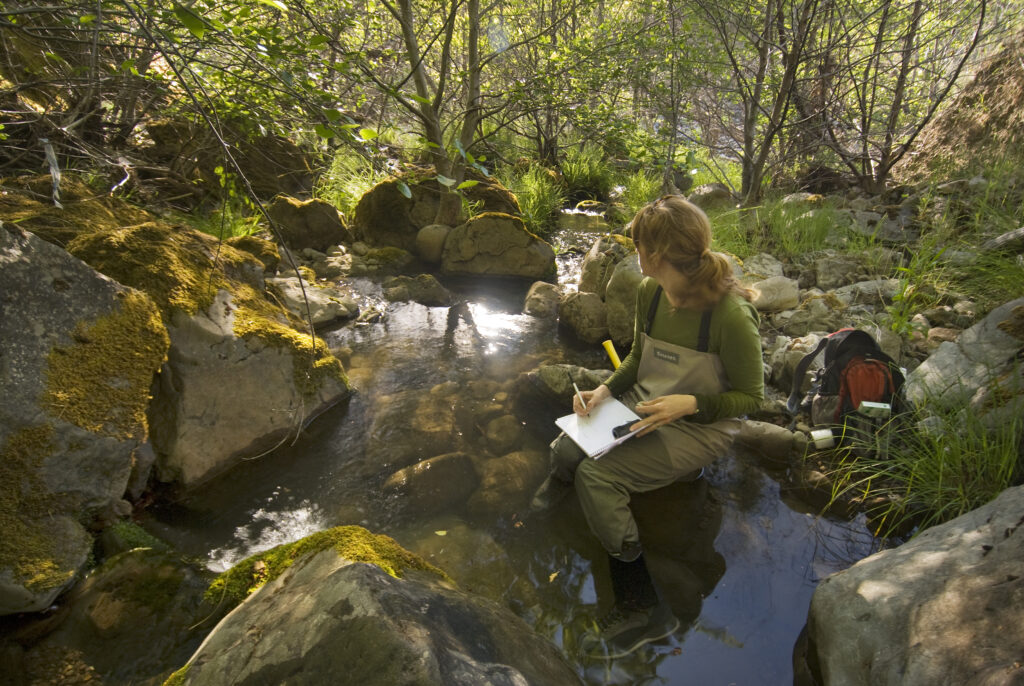
A novel exemption lawmakers passed to California’s landmark Environmental Quality Act (CEQA) in late 2021 has helped fast-track at least four habitat restoration projects so far, with more to follow in the next couple years. The Statutory Exemption for Restoration Projects, or SERP, offers a rare reprieve from California’s stringent environmental review and permitting process — and a clear indication of the urgency the state’s leaders feel in advancing ecological restoration work.
“When [SERP] passed, it was a little bit controversial,” says Sara Johnson, executive director of the fledgling California Ecological Business Association. Sluggish regulatory approval timelines are the top grievance member organizations of the association share, she said at the Society for Ecological Restoration’s conference in Carmel Valley in May.

“Right now it’s supposed to take two to three years to approve a [conservation or mitigation] bank, but it takes five or more,” she added. “It’s chilling investment in the space.” Conservation and mitigation banks sell preemptive habitat restoration work credits to offset environmental impacts in a different place. As of 2021, 87 banks throughout the state contained 67,879 acres of habitat.
It’s not just industry perception. A 2019 internal summary of California’s Department of Fish and Wildlife budget found that the agency is understaffed across the board, with the Species and Habitat Conservation branch needing an estimated fourfold increase in staffing to meet its target timelines for duties like processing permits.
SERP beneficiaries have to get a final sign-off from Fish and Wildlife, but first have the exemption approved by a separate “lead agency” like the California Coastal Commission.
Exempting beneficial habitat-conservation projects from the lengthy CEQA approval is part of a larger effort within California conservation regulations called “Cutting the Green Tape.” Although only a handful of restoration projects have been approved through SERP so far, there are dozens of others in the pipeline, according to Fish & Wildlife Deputy director Chad Dibble. He estimates that one or two projects per month could receive SERP approval as staff and applicants grow more comfortable with the process.
“[We’re trying to] maximize restoration opportunities that are true restoration and fit the letter of the statute,” says Dibble, adding that some beneficial restoration projects, like those mandated for mitigation, may also qualify for SERP. “It’s really important for us to have multiple environmental review and permitting tools available to fit different projects rather than trying to cram every project into one tool.”
The exemption is set to expire on the first day of 2025, leaving less than three years for agencies to prove to lawmakers that accelerating beneficial projects for habitat is possible without letting questionable actors circumvent full environmental impact assessment obligations.

In the meantime, SERP may be just an early gust of a tailwind nudging the restoration of California’s creeks, wetlands, and dunes forward. At press time, a new bill labeled AB 2362 (dubbed the “Publicly and environmentally beneficial projects” bill) is moving through the legislative revision process, which could further smooth permitting for ecosystem restoration. The growing appetite for these projects is likely tied to the recognition that the state’s twin goals of combating carbon emissions and protecting Californians from their impacts can both be met with robust green and blue infrastructure, and signals a possible heyday for ecological restoration on the horizon.
“We need resiliency, and we need restoration of a lot of areas to support our fish and wildlife and plant communities,” Dibble adds. “We’re all benefiting as Californians [from restoration].”
Top image: Lakeville Creek in Sonoma County, where one of the first restoration projects approved through the SERP process will soon break ground. Photo: Sonoma Land Trust.
Other Links
Statutory Exemption for Restoration Projects